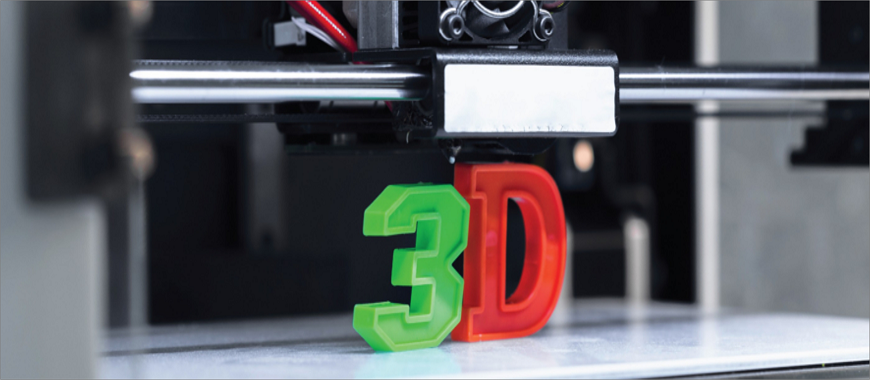
3D printing is an additive manufacturing process rapidly growing in the aerospace, automotive, medical, manufacturing, education, construction, robotic, and fashion industries.
3D printing offers numerous advantages across various industries and applications. Some of the key advantages include:
• Rapid prototyping:
3D printing allows for the quick and cost-effective creation of prototypes. This enables designers and engineers to iterate and test their ideas rapidly, reducing the development cycle and time to market for new products.
• Customization and personalization:
With 3D printing, it's easy to create highly customized and personalized products.
• Complexity is free:
Unlike traditional manufacturing methods, 3D printing doesn't add significant costs for complex geometries. This means that intricate and elaborate designs can be created without incurring additional expenses, making it ideal for intricate and innovative products.
• Reduced material waste:
Traditional subtractive manufacturing methods often produce a significant amount of material waste. In contrast, 3D printing is an additive process, which means it only uses the necessary amount of material, minimizing waste and contributing to more sustainable manufacturing practices.
• On-demand production:
3D printing allows for decentralized production, which means products can be manufactured closer to the end-users, reducing shipping costs and delivery times.
• Low-volume production and mass customization:
3D printing is well-suited for low-volume production runs, enabling companies to economically produce smaller quantities of products without the need for expensive tooling. This also opens opportunities for mass customization, where products can be personalized for individual customers on a larger scale.
• Design freedom and innovation:
3D printing offers a level of design freedom that is often limited or impossible with traditional manufacturing methods. This encourages innovation and allows designers to explore new possibilities and push the boundaries of what is achievable.
• Tooling and jigs:
3D printing can be used to create custom tooling and jigs for various manufacturing processes. This enables faster and more efficient production in industries such as aerospace, automotive, and electronics.
The disadvantages of 3D printing
Despite its many advantages, 3D printing also has some disadvantages and limitations that are worth considering:
• Speed:
3D printing can be relatively slow compared to traditional manufacturing methods, especially when producing large or complex objects. The layer-by-layer additive process takes time, which may not be suitable for high-volume production.
• Material limitations:
Although 3D printing can work with a wide range of materials, the selection is still limited compared to traditional manufacturing. Certain specialized materials or high-performance alloys may not be readily available for 3D printing, restricting its use in some industries.
• Cost:
While 3D printing is becoming more affordable, the initial investment in 3D printing equipment and materials can still be significant, particularly for industrial-grade machines. Additionally, the cost per part can be higher for larger and more complex objects.
• Post-processing requirements:
3D-printed parts often require post-processing, such as sanding, polishing, or painting, to achieve the desired finish and quality. This additional step can add to the overall production time and cost.
• Accuracy and surface finish:
Depending on the 3D printing technology used, the accuracy and surface finish of printed parts may not be as high as those achieved with traditional manufacturing methods. This can be a concern for certain applications that require tight tolerances or smooth surfaces.
• Size limitations:
Most 3D printers have limitations on the maximum size of objects they can produce. Large-scale manufacturing of oversized objects may not be practical with current 3D printing technology.
• Complexity in design and printing:
While 3D printing offers design freedom, creating complex designs for 3D printing can be challenging, especially for beginners. Certain design features may require advanced knowledge of 3D modeling and printing techniques.
• Structural limitations:
3D-printed parts may have different mechanical properties compared to conventionally manufactured parts, which could impact their strength, durability, and performance in specific applications.
In considering whether to adopt 3D printing, individuals and businesses should carefully evaluate their specific needs, production requirements, and the compatibility of the technology with their desired outcomes. By harnessing the strengths of 3D printing and mitigating its limitations, stakeholders can leverage this powerful tool to drive efficiency, creativity, and sustainability in their endeavors.
When considering a partner for your 3D printing needs, consider Engineering Technique. We've been assisting everyone from startups to Fortune 500 organizations get the most out of 3D printing for nearly 20 years.
For Inquiry: Call on +91 94276 11239 | Email: marketing@enggtechnique.com
